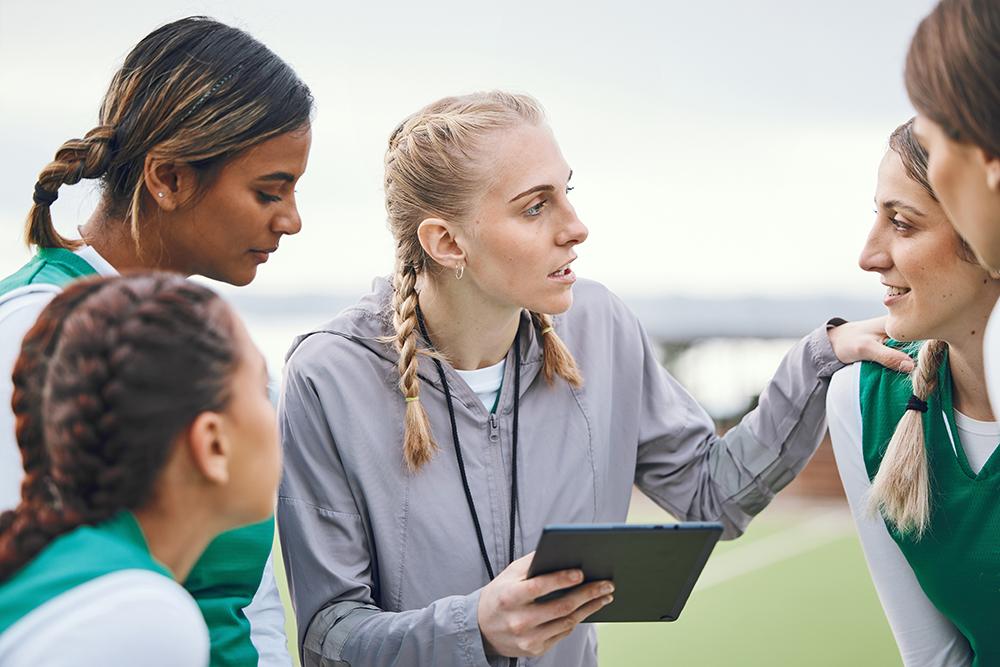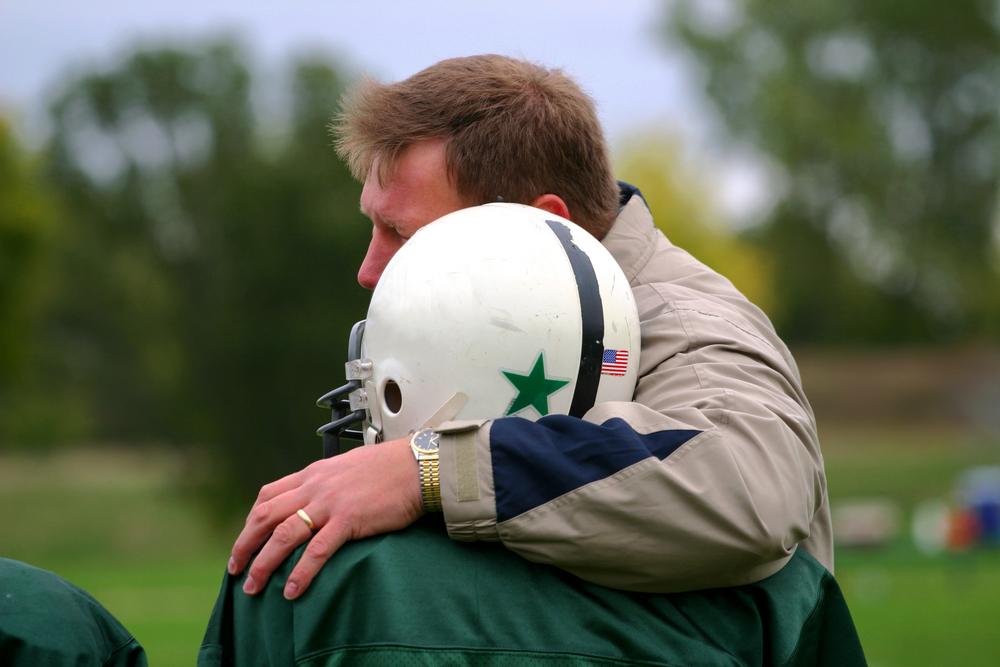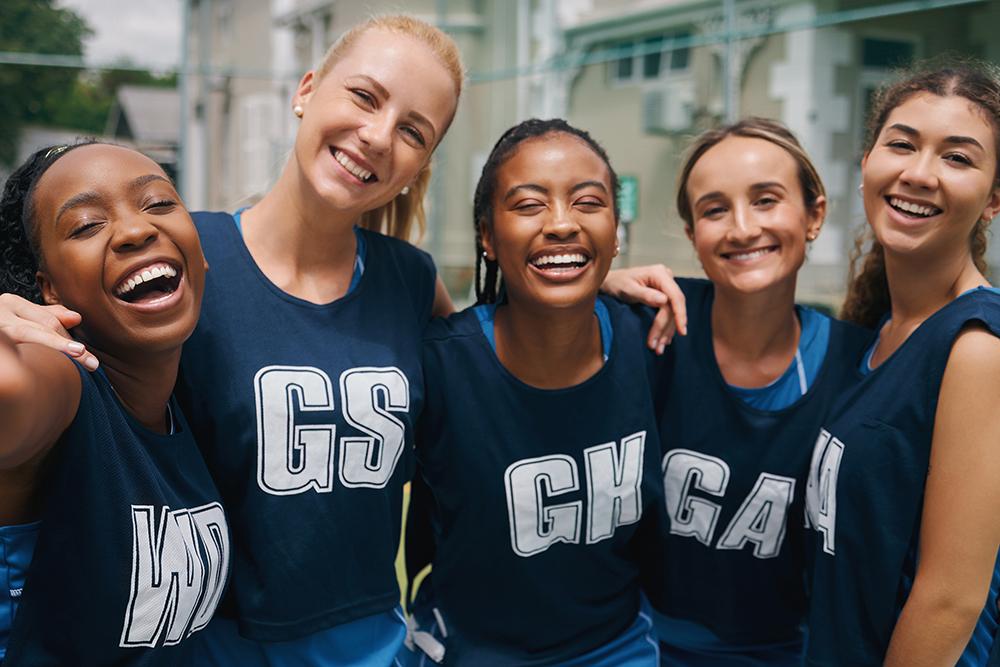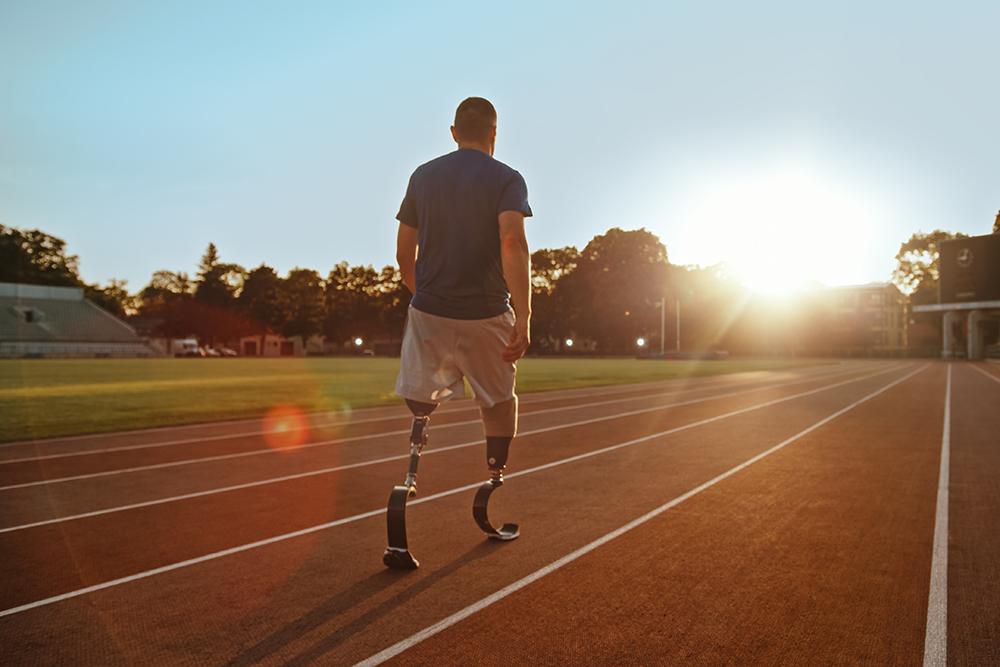 From younger and younger ages, athletes are specializing in one sport. Why would you play another sport when you could focus on honing your talent in the sport you excel at most? It seems like an obvious choice. But both research and anecdotal evidence actually points towards a multi-sport approach being better for long-term athletic development, health, sustainability, and even success on the playing field.
From younger and younger ages, athletes are specializing in one sport. Why would you play another sport when you could focus on honing your talent in the sport you excel at most? It seems like an obvious choice. But both research and anecdotal evidence actually points towards a multi-sport approach being better for long-term athletic development, health, sustainability, and even success on the playing field.
Here, TrueSport Expert Ian Goldberg—a coach, sport dad, and founder and CEO of iSport360—explains why sport specialization can be risky, and how a multi-sport approach will get you to the finish line faster.
The Downsides of Specialization
“Unfortunately, the fear of missing out—FOMO—can be a real problem in sport. As athletes get older, there starts to be this fear of falling behind because someone else is focusing exclusively on soccer and training three days a week, while you’re taking a season off to try a dance class. But that’s not the case.”
In fact, early sport specialization can actually lead to a greater risk of injury or burnout. Research has found that even at the highest level, a look at athletes’ resumes shows a strong multi-sport background. Athletes who specialized early were found to have more issues with burnout in their sport as well as overuse injuries caused by their sport.
“Multi-sport athletes are the most successful,” says Goldberg. “College football coaches will tell you that the guys that they recruit for the football team tend to be multi-letter high school athletes because that’s what makes you the most well-rounded, strongest, balanced, fit athlete.”
The primary reason that sports specialization has become a trend, Goldberg says, is economic. “We have some infrastructure in place that forces that early specialization to happen,” he says. “We know that it’s primarily a money game because there’s a huge amount to be made in youth sport.”
How can you fight back? By experimenting with other sports!
3 Key Reasons to Play Another Sport
1. You’ll Be Better at Your Main Sport
Playing secondary sports will actually benefit your primary sport, says Goldberg. That’s why recruiters are looking for multi-sport athletes: Because these athletes tend to be stronger and fitter from the skills and conditioning that they gain in other sports.
says Goldberg. That’s why recruiters are looking for multi-sport athletes: Because these athletes tend to be stronger and fitter from the skills and conditioning that they gain in other sports.
Goldberg is a fan of team players choosing a secondary sport that has a more individual focus, like swimming, track, cross-country, or cycling. These sports allow you to excel as an individual, while also developing your aerobic engine. He explains that only having yourself to rely on for a result can teach you valuable lessons about resilience and pushing your limits.
He also recommends trying a martial art like jujitsu. Goldberg notes that not only do martial arts help you learn better body control and agility, but they also emphasize discipline, confidence, and respect—three components that ultimately make you a better team player.
If you’re interested in playing another team sport, that’s also great. The skills you learn rounding the bases in baseball will likely benefit your defense skills on the soccer field, and any sport involving a ball will boost hand-eye coordination that may be beneficial for your primary sport.
2. You’ll Build New Communities and Develop New Relationships
Single sport athletes often end up with a small friend group that’s composed entirely of teammates from that sport. While these friendships are important, if you do need to take a step back from that sport due to illness, injury, or burnout, it can feel isolating. Trying new sports forces you to explore new friendships and develop broader communities, which offers social diversity in the moment and helps you learn how to connect with people more easily in the long run.
3. You’ll Have More Fun
Goldberg often cites Amanda Visik, a researcher who’s doing groundbreaking work on the role fun plays in youth sport participation. Her research has shown that children who actually have fun playing their sport are more inclined to stay in sport. Unfortunately, when you’re specializing in a sport and spending all your time focused on your performance, it’s easy to lose the fun. Finding another sport that doesn’t have the same pressure can allow you to reclaim that sense of joy. When you try a sport where you don’t experience any pressure to be good immediately, it can feel incredibly freeing, says Goldberg.
He’s also a fan of ‘free play.’ If there aren’t any other specific sports that you want to try, consider taking an off-season to focus on the idea of ‘playing’ with sport and movement. Essentially, use the time to pretend like you’re back on the elementary school playground, where you get to set the rules for today’s kickball game. This free play lets you try out new movements, take on new roles, and explore new types of sport in a low-stress, fun way. Goldberg says that it can also make an athlete more creative and a better leader when they do return to sport.
______________________________
Takeaway
While you may have heard that specializing in one sport is the way to be a successful athlete, the research actually supports a multi-sport approach as the key to both overall well-being and sport success.



